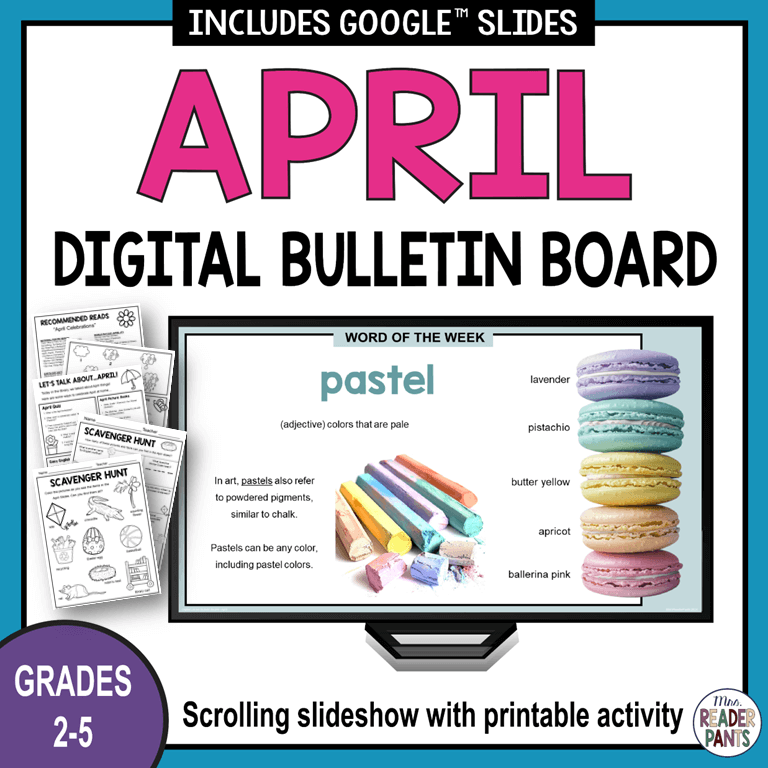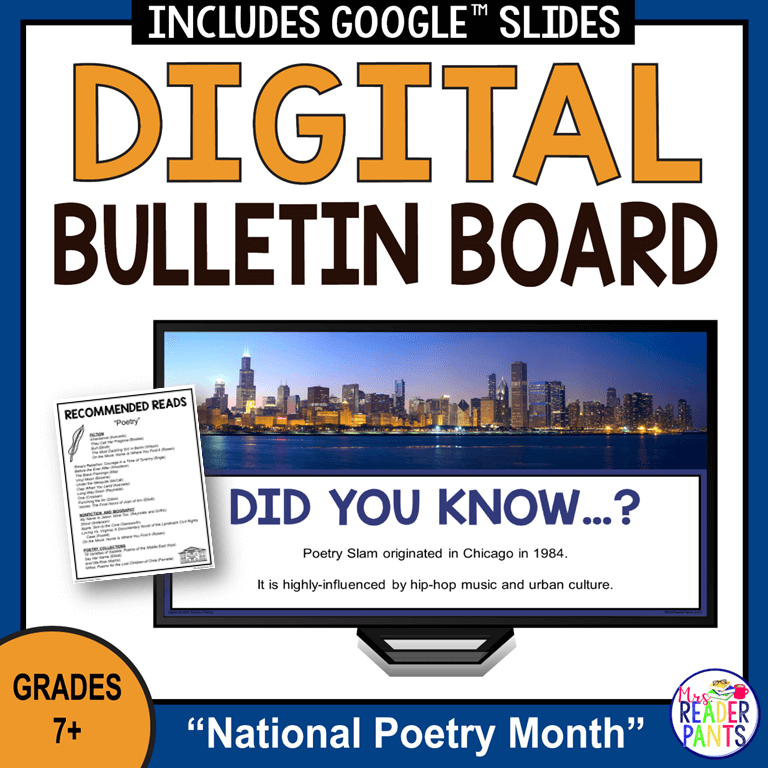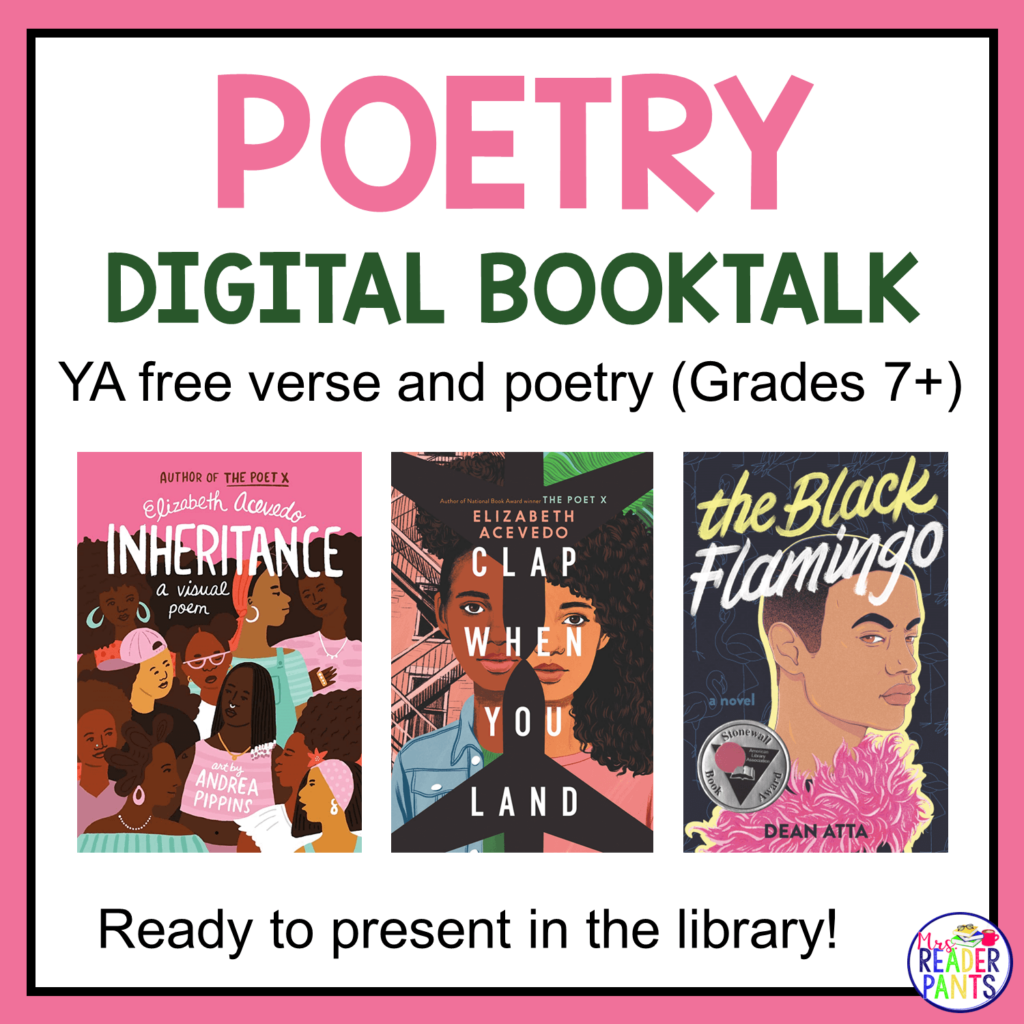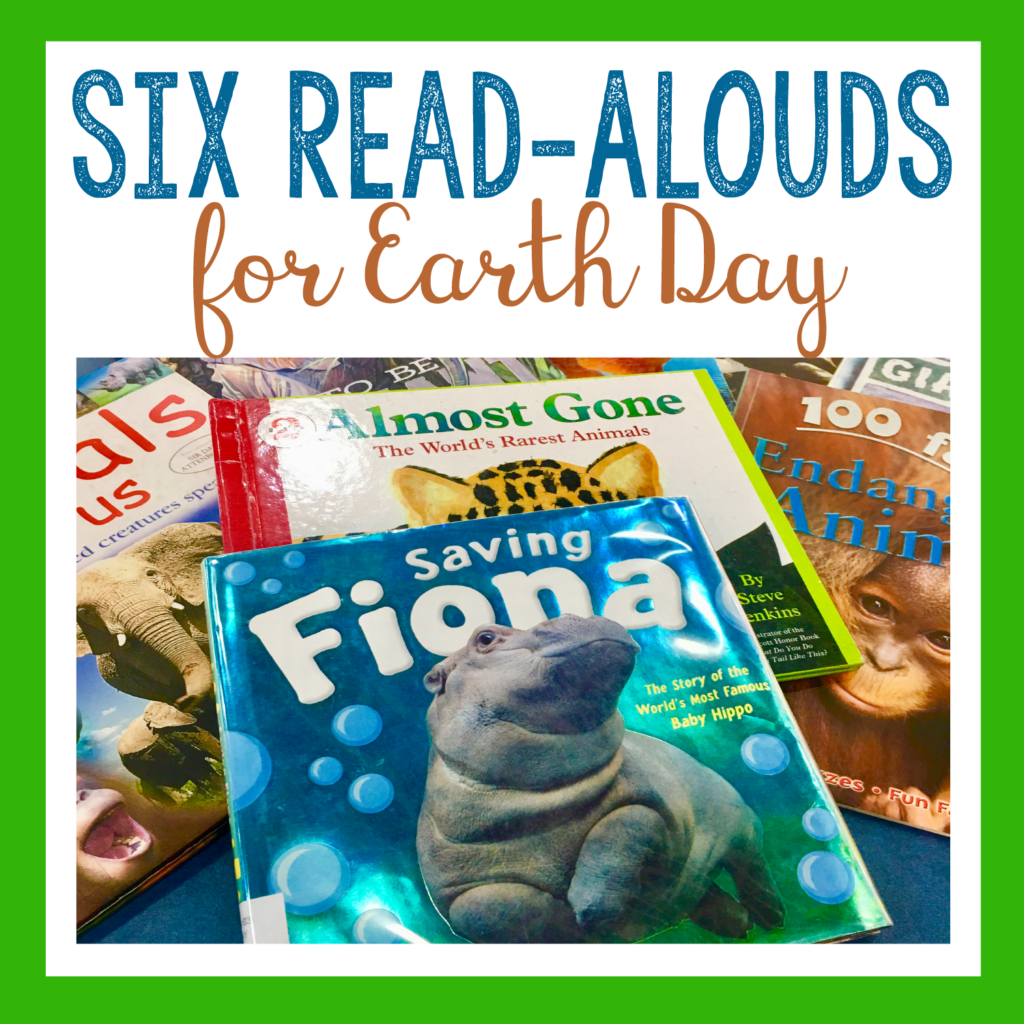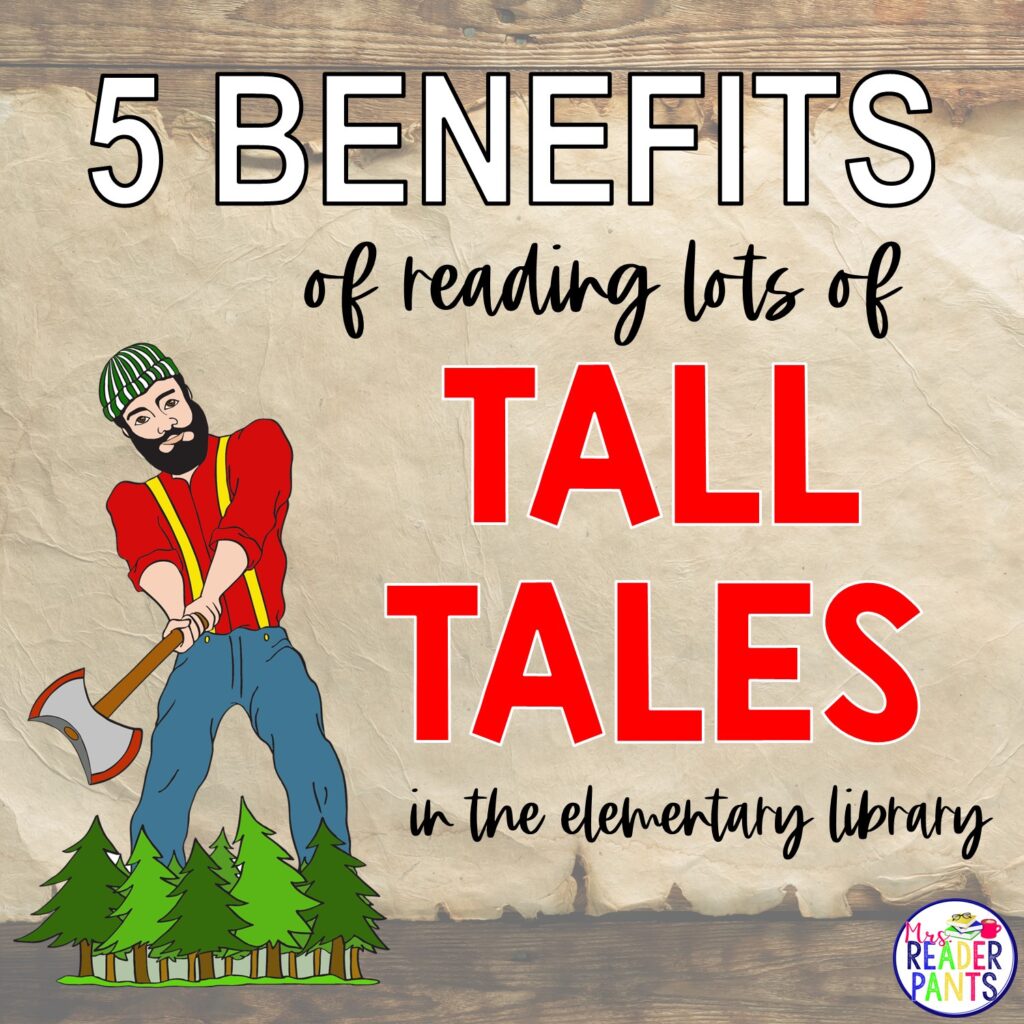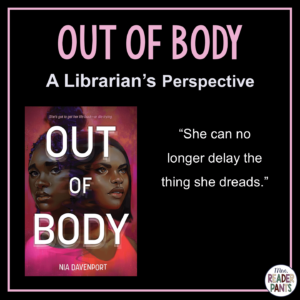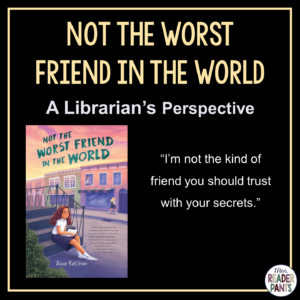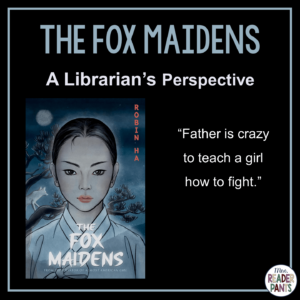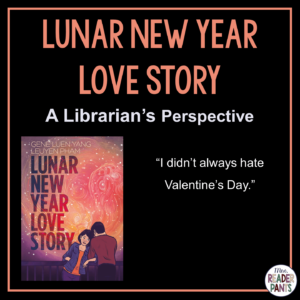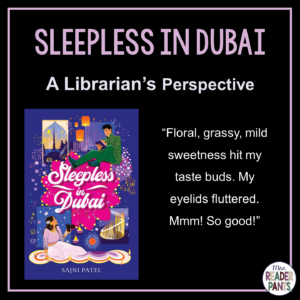Back in November 2013, my husband and I made a decision that shocked our family and friends. When we announced that we would soon move from Texas to China, our friends and loved ones reacted with everything from “How exciting!” to “Whut?” to “Are you insane?” We even had one friend tell us after we had moved that she didn’t think we would actually do it. Boy, was she wrong!
I am excited to share this beautiful and ancient culture with librarians and teachers all around the world, so today’s New Product Thursday features three resources for Chinese New Year. The first two are reader’s theater scripts based on stories from Chinese mythology. The third is a research unit that includes both reader’s theater scripts, a 52-slide PowerPoint game, 4 research guides, a crossword puzzle, a 6-page detailed lesson plan, and all answer keys.
All are editable and were designed for students in 5th-8th grades.
![]()


Red lanterns decorate our apartment compound.
ABOUT CHINESE NEW YEAR IN SHANGHAI
![]()
Chinese New Year is coming up on February 5, 2019, when we will say zài jiàn to the Year of the Dog and nǐ hǎo to the Year of the Pig. Chinese New Year is by far the most important holiday in China. Here in Shanghai, this bustling city will come to a crawl in a couple of weeks. The cities will empty as people visit their families living in the countryside. Traffic will be light, and most businesses will close for several days. Some smaller shops and restaurants, particularly those that are family-owned, may close for up to two weeks or more.
My family usually travels outside China for at least part of our two-week Chinese New Year break from school. This year, however, we have opted to stay in China for the entire holiday break. We will have to stock-up on essentials like water delivery and groceries because for a few days, our access will be limited. Unfortunately, we cannot drink the tap water in China (no one drinks it), so our water delivery timing will be extra-important to get right.


Empty streets of Suzhou during the Chinese New Year holidays in 2017.
For the past couple of weeks, we’ve been seeing red and gold decorations go up on doors, in the metro stations, and hanging from suspended cables over streets. It’s beautiful, especially when it’s all lit up at night.
In the days surrounding the New Year, people will start setting off fireworks, even in the middle of the day. This is actually much less than it used to be, sadly. Shanghai put a moratorium on the private fireworks back in 2016, so even though we do still hear them sometimes, it is much, much less frequent than it was when we lived in Suzhou. I remember our during our first new year’s night in Suzhou, it was like a war zone outside all night long! My husband had the flu that year, but we still went outside and walked around to see all the fireworks going off everywhere. It was crazy!


Stores selling Chinese New Year decorations in Shanghai
MY THREE CHINESE NEW YEAR RESOURCES
(all three are half-off through Saturday at noon, CST)
READER”S THEATER: “TING TING AND THE MONSTER NIAN”
This reader’s theater script tells the story of a little girl who encounters the monster Nián on the eve of the Chinese New Year. Why do Chinese people love red so much? Is there more to the fireworks displays than simple celebration? This story explains it all!

I’ve heard different versions of this story in my time in China. Although I made up the character of Ting Ting in the story, I’ve kept the bones of the legend intact, mainly:
- A vicious monster called Nián ravages Chinese villages every new year
- Someone in the story discovers or is told about the monster’s three weaknesses
- If the characters are told about the three weaknesses, they get the information from a god or person who possesses divine knowledge
- The three weaknesses are always: the color red, loud noises, bright lights
- The villagers are saved because they now know how to use the color red, loud fireworks, and drums to chase away the monster Nián
READER’S THEATER SCRIPT: “THE RACE FOR THE ZODIAC”
This reader’s theater script contains five illustrated pages and is also intended for 5th-8th grades. It tells the Chinese story of a race across a wide river and how the twelve animals of the Chinese Zodiac were selected. This story is told often in China; my son even did a performance of it at school in second grade. He played the horse!
- The Jade Emperor gathers the animals of China and announces a great race to determine which animals would represent the twelve zodiac years.
- The first twelve animals to cross the river will be represented. Their zodiac years will occur in the order they complete the race.
- Some animals cheat, some are noble, and some win by sheer luck.
- One animal loses big time and remains mad about it, even today.
THE RESEARCH UNIT
The research unit starts with Chinese New Year research guides in four categories. Each guide contains nine questions that are easily found through research on online databases like WorldBook Online or Encyclopedia Britannica, as well as in online searches. The four categories are: Symbols and Luck, Food and Drink, Chinese New Year, and Chinese Mythology.
The research unit also includes both reader’s theater scripts detailed above, as well as a crossword puzzle with answer key.

The week ends with a 52-slide PowerPoint trivia game. Students will need to share their research from earlier in the week with one another in order to be successful on the PowerPoint trivia game. “The Race for the Zodiac” reader’s theater also appears as one of the game categories. Printable answer keys are provided.
CLICK ON THE IMAGES BELOW TO VIEW THESE RESOURCES IN MY TPT STORE

